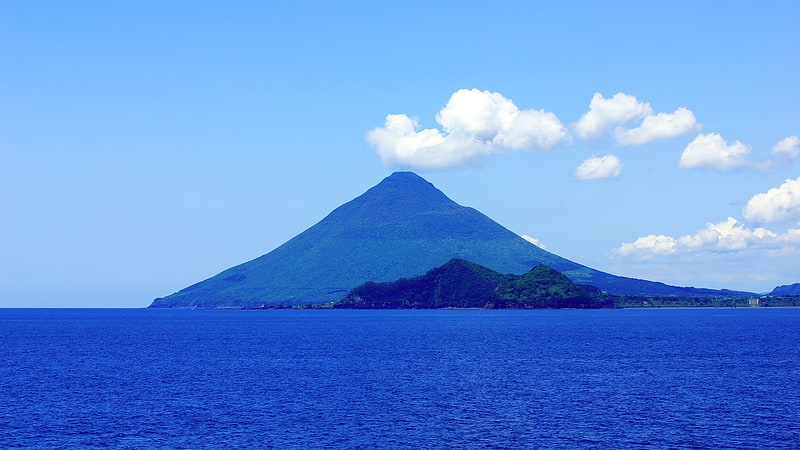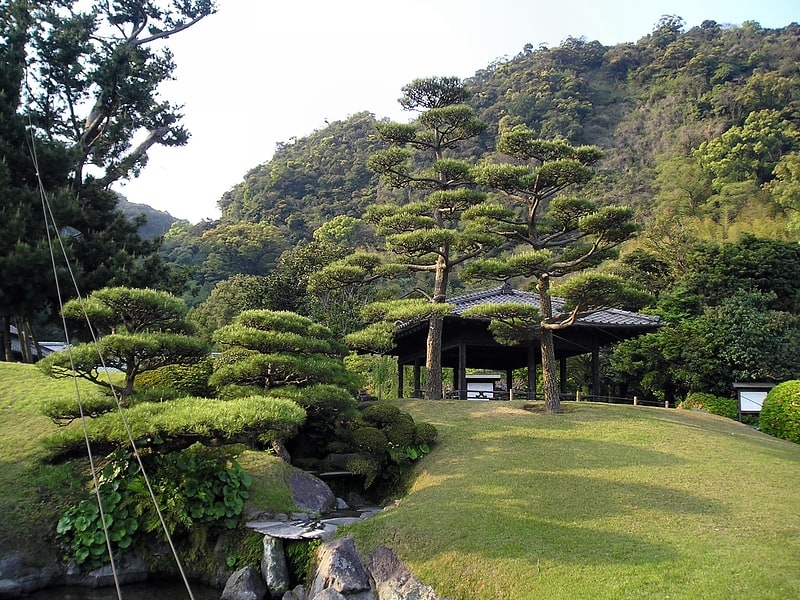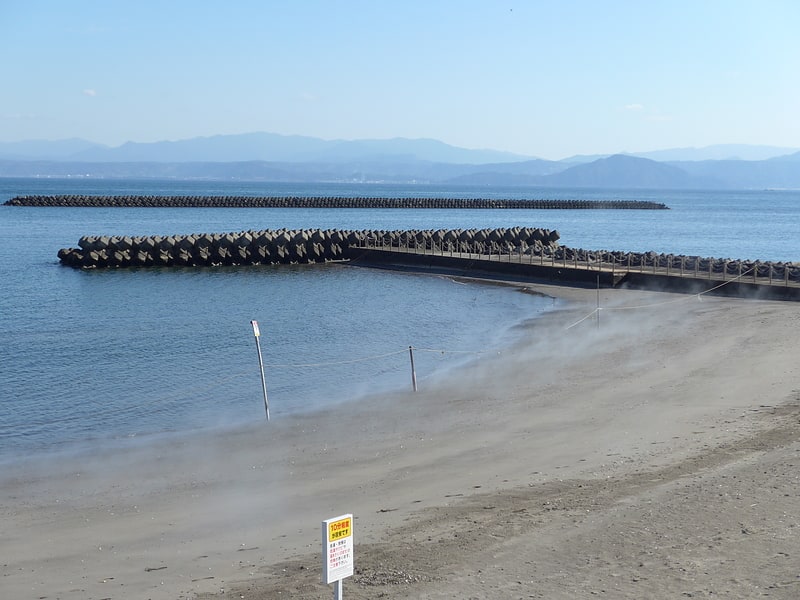Discover 5 hidden attractions, cool sights, and unusual things to do in Kirishima-Kinkowan National Park (Japan). Don't miss out on these must-see attractions: Mount Kaimon, Sengan-en, and Lake Ikeda. Also, be sure to include Aira Caldera in your itinerary.
Below, you can find the list of the most amazing places you should visit in Kirishima-Kinkowan National Park (Kagoshima).
Table of Contents
Mount Kaimon

Also known as: 開聞岳
Volcano in Japan. Kaimondake, or Mount Kaimon, is an undissected volcano – consisting of a basal stratovolcano and a small central volcano, part of the Ibusuki field – which rises to a height of 924 metres above sea level near the city of Ibusuki in southern Kyūshū, Japan. The last eruption occurred in the year 885. Kaimondake is sometimes referred to as "the Fuji of Satsuma".[1]
Sengan-en

Also known as: 仙巌園
Garden in Kagoshima, Japan. Sengan-en is a Japanese garden attached to a former Shimazu clan residence in Kagoshima, Kagoshima Prefecture, Japan. Designated a Place of Scenic Beauty, together with the adjacent Shōko Shūseikan it forms part of the UNESCO World Heritage Site Sites of Japan’s Meiji Industrial Revolution: Iron and Steel, Shipbuilding and Coal Mining. Sengan-en is managed by Shimadzu Ltd.[2]
Address: 9700-1 Yoshinocho, 892-0871 Kagoshima
Lake Ikeda

Also known as: 池田湖
Lake in Japan. Lake Ikeda is a caldera lake located 40 km south of Kagoshima city; Kyūshū island, Japan. It is perhaps best known to tourists as the location of the purported sightings of a monster named Issie, and as the largest lake on Kyūshū island with a surface area of 11 km² and a shoreline length of 15 km.[3]
Aira Caldera

Also known as: 姶良カルデラ
Volcano. Aira Caldera is a gigantic volcanic caldera that is located on the southern end of Kyushu, Japan. It is believed to have been formed over 22,000 years ago from a succession of pyroclastic surges. It is currently the place of residence to over 900,000 people. The shores of Aira Caldera are home to rare flora and fauna, including Japanese bay tree and Japanese black pine. The caldera is home to Mount Sakurajima, and the Mount Kirishima group of stratovolcanoes lies to the north of the caldera. The most famous and active of this group is Shinmoedake.
Aira Caldera has an underlying magmatic chamber that connects with the Kirishima magmatic system. This has enabled magma from the caldera to feed into the stratovolcano Sakurajima, causing it to expand over time. Thus, Sakurajima has caused a series of disasters such as the eruption in 1914 which killed 58 people and sank the magma chamber by 60cm.[4]
Ibusuki Onsen

Also known as: 指宿温泉
Spring in Japan. Ibusuki Onsen is a group of hot springs in the east of Ibusuki, Kagoshima in Japan, which includes Surigahama Onsen, Yajigayu Onsen, and Nigatsuden Onsen.
2,850,000 people visited in 2003, and 910,000 people stayed there.
90% of the water is used for industry.[5]